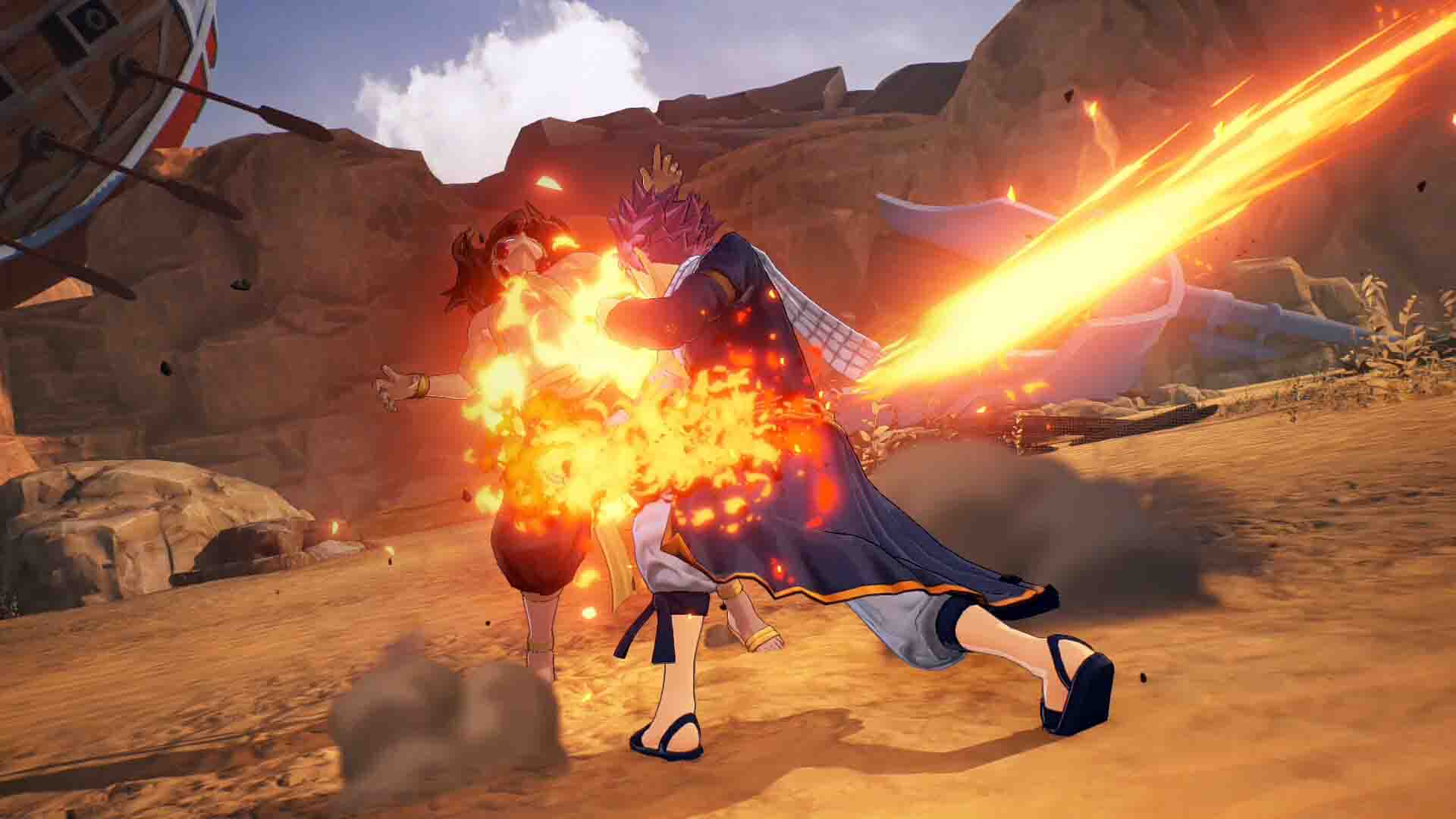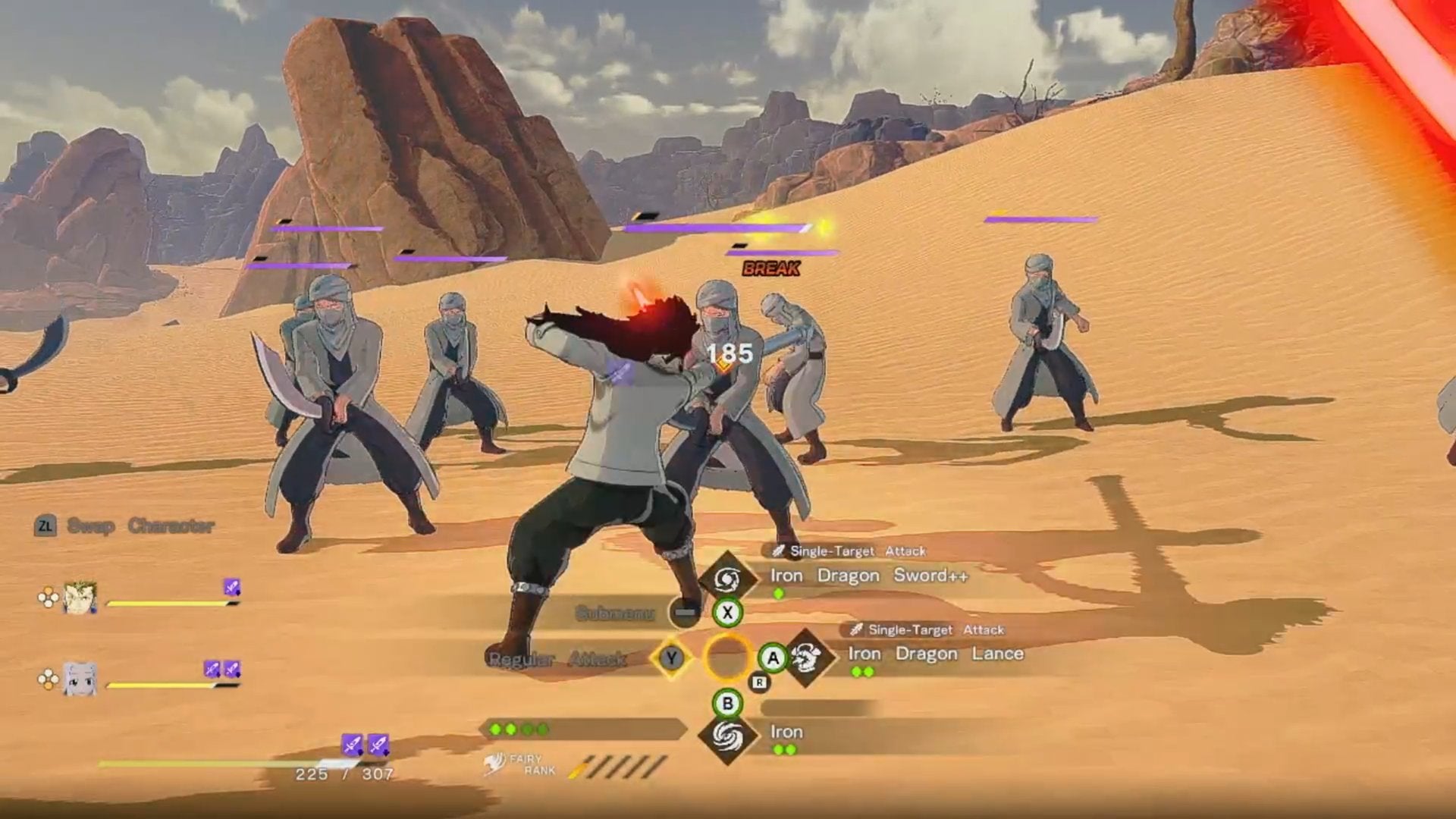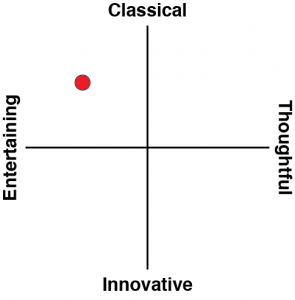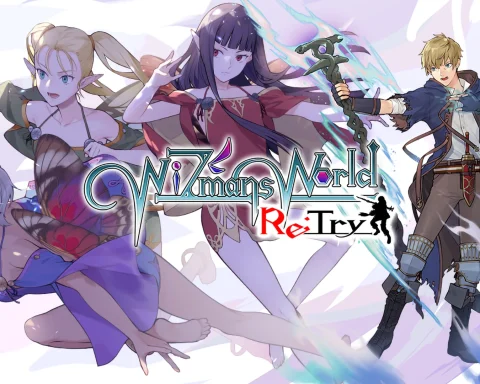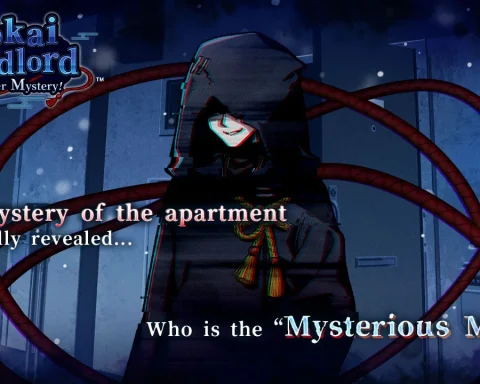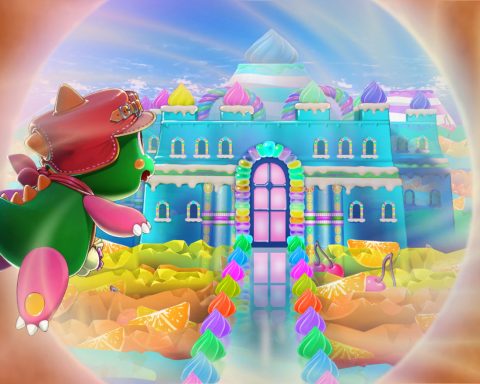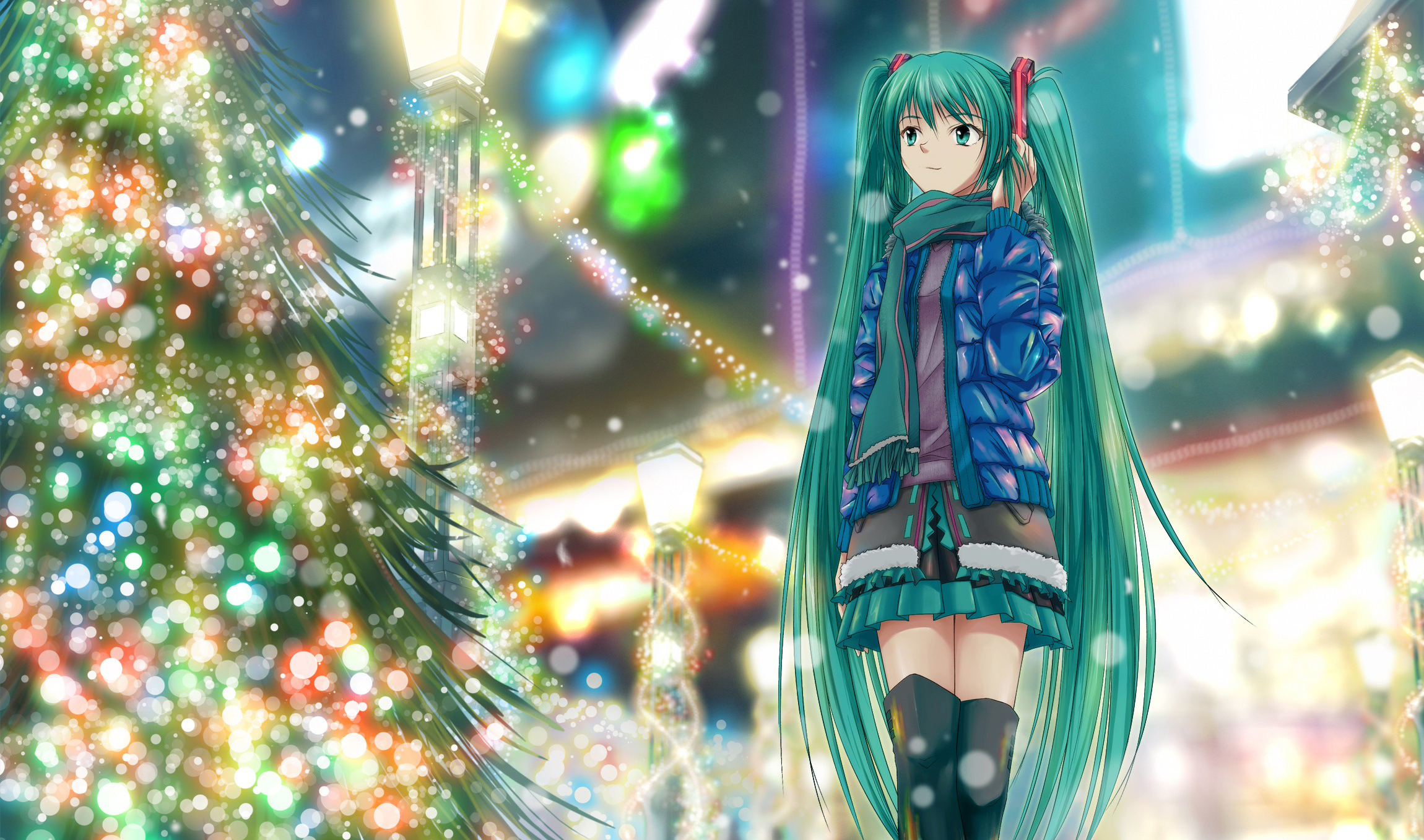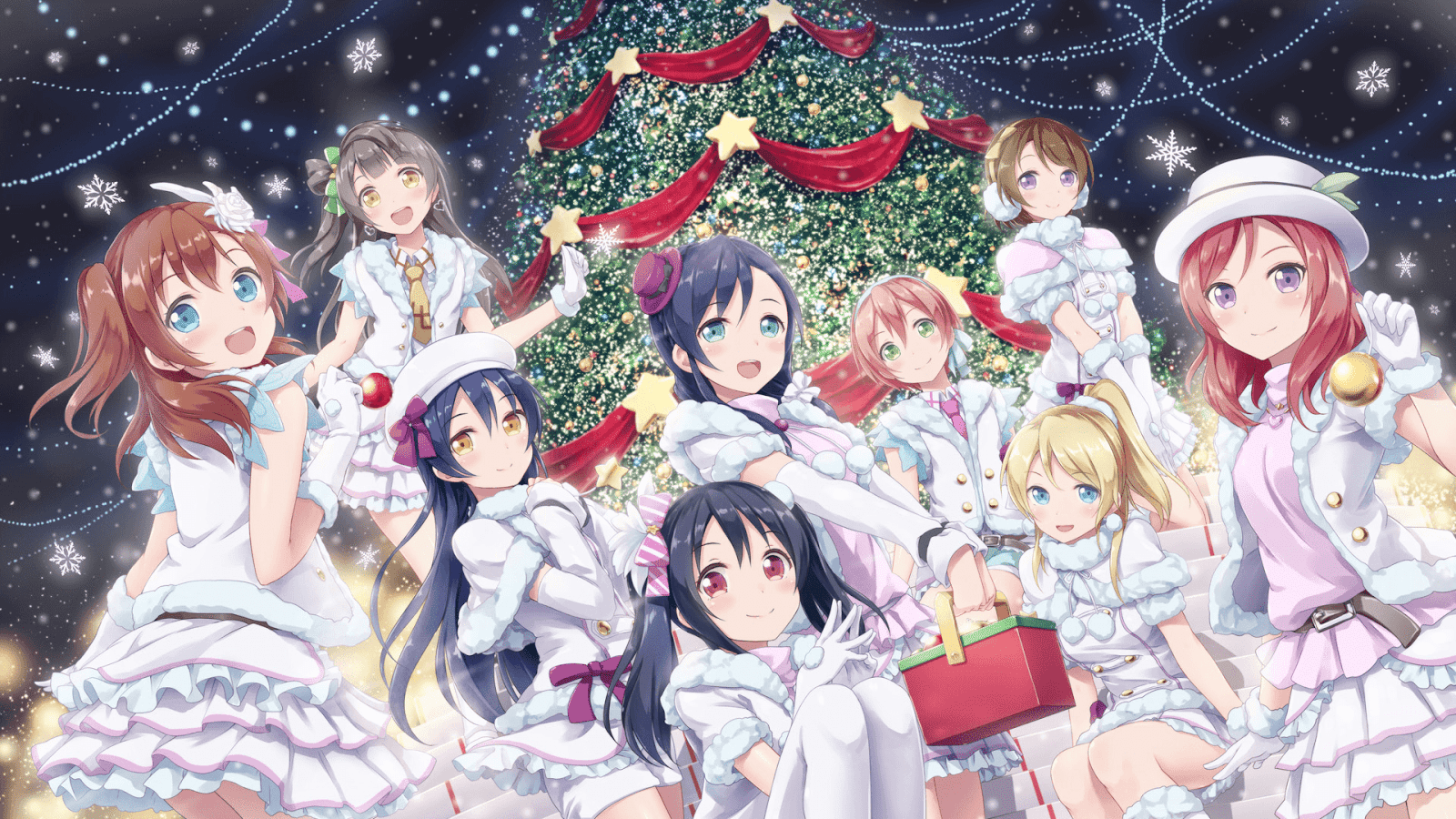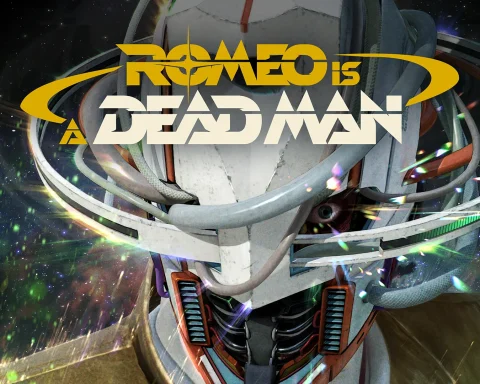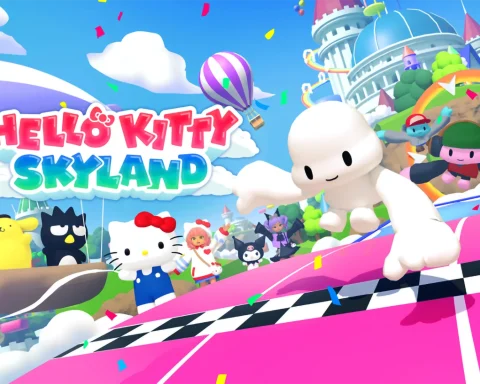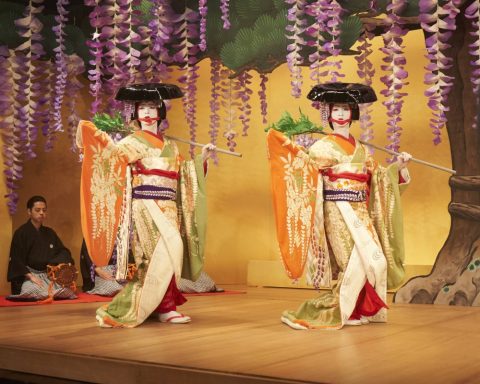Koei Tecmo’s JRPG house, Gust, is a factory for the genre. It’s just as well that their output is a reliably good time, but they are without a doubt a studio that churns out its work. Fairy Tail 2 comes four years after the original (with a whole lot of Atelier in-between), and was clearly built quickly and efficiently, but it is indeed a reliably good time.
The most important difference from Fairy Tail to its sequel is the combat system. The original Fairy Tail had a pure turn-based combat system, while Fairy Tail 2 mirrors the Atelier series’ overall move towards a kind of active time battle that is still technically turn-based, but it operates on timers. You wait a quick second or two for a gauge to fill up, and then you have a window to unleash a combination of regular attacks and powerful finishers.
It’s easy to understand why Gust has moved in this direction. As much as some of us love turn-based combat the games industry has leaned towards action systems, and Gust needs to move with the rest of them. Because the timers in Fairy Tail 2 are fairly brief, its combat system is actually pretty rapid right from the start, and it can actually be difficult to quickly assess an entire situation to make the right strategic moves. This is particularly true if there are a lot of enemies on the screen.
Enemies also tend to be quite well shielded, and until you break down the shield, you’re not doing much damage to them directly. Gust has done this to ensure that there are plenty of times where “Link” abilities come into play. You only control the one character in battle (out of an active party of three), with the other two being controlled by AI. By decimating a shield you stun the enemy briefly, and this allows you to “Link” with one of your party buddies for a special attack that does massive damage.
Even the common enemies tend to be defeated this way, which makes the process of reducing the shields a bit of a grind. Boss battles are an absolute war of attrition even if, on the lower difficulty levels, you’ll never feel like you’re being truly threatened.
Overall, as much as I love Gust, I’m not hugely enamored with the team’s direction with action combat. Games like Metaphor or Persona are turn-based yet feel more dynamic and exciting because, rather than focus on whittling down each enemy grunt, they provide big bonuses for hitting weaknesses and allow you to clear enemies quickly as a result. You feel sufficiently powerful in those games whereas here, as flashy as the combat can look, for the most part it doesn’t feel like the common attacks do much at all, and then suddenly you’ve got the ability to clear the room. I’m sure there are others that are fans of this approach, but Gust’s combat systems seem set to become a “grin-and-bear-it” thing to me going forward.
Thankfully I’m more than happy to do just that because Gust’s approach to making games is so consistently delightful. Fairy Tail 2 features big worlds to explore – it pushes the Switch hardware and for that reason you’d probably better off with another version if you care about detail in visuals and frame rates, but even if you’re playing on the Switch, the sense of scope is impressive. Parts of the “open” worlds will be locked off to you until you’ve accumulated new abilities, and it is designed expertly to help build the sense of exploration.
The banter between characters is lovely too. Fairy Tail is an iconic Japanese manga and anime – one of the best-selling of all time. Unlike the first Fairy Tail game, this one won’t work to introduce you to the property if you’re totally new to it. It very much assumes that you already know all the characters and follows a story arc deep into the manga. It’s probably a fair calculated guess on the part of the developer that anyone picking up Fairy Tail 2 will either be a fan of the series or have at least played the first game, though I’m always a little hesitant about developers doing this and do feel like any given game should be self-contained and not rely on people knowing a bunch of other things before digging into it.
As a narrative experience, Fairy Tail 2 is fairly condensed and breezy, being more interested in exploring the character dynamics for humour and emotion than being a detailed recreation of the overall plot. There’s enough there to cover the key moments, but again, you’re going to miss some context to events if you’re not familiar with the full plot that the game is drawn from.
The long-and-short of Fairy Tail 2 is that it’s a perfectly competent JRPG by one of the true specialists of the genre. It’s not going to be remembered as Gust’s finest work, and is more of a play-and-forget experience. This is a year that has given us everything from Final Fantasy VII Rebirth to Metaphor, a mind-blowingly good remake of Romancing SaGa 2 and, arguably, the finest Yakuza game yet with Like A Dragon: Infinite Wealth. In comparison to all of that Fairy Tail’s by-the-numbers approach will seem routine. But it’s also got all the hallmarks we come to expect from Gust – this is comfort food gaming for JRPG enthusiasts, using strong material well. Sometimes, that’s all you need.


